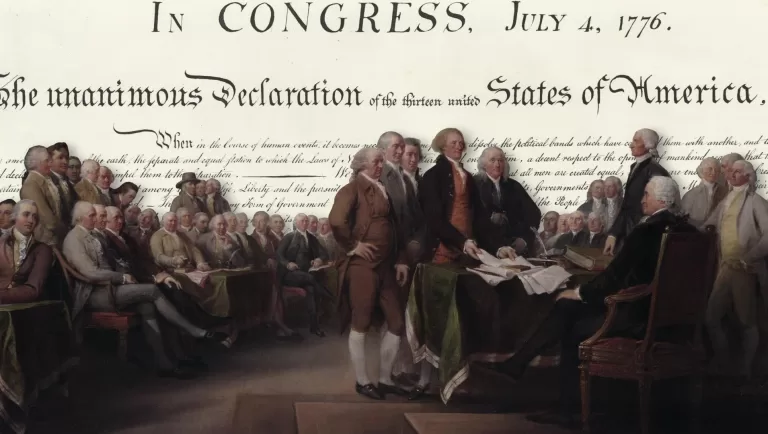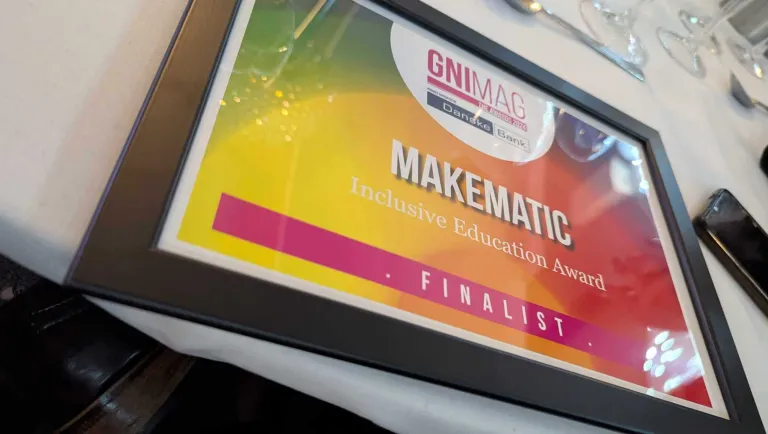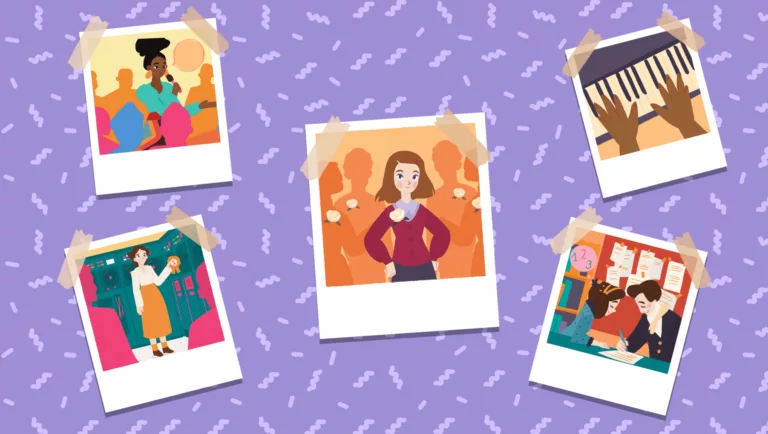
Our Faithful And Educating Friend
If there is anything we have learned in the past year, it’s that video is no longer a nice-to-have but has become instead an essential part of the educational content blend at whatever level of education we examine.
Pre-schoolers were already hooked on Youtube sensations Blippi and Ryan’s World, but now at every age group, right up to university and beyond, video is playing a crucial role in keeping the world’s education systems going.
I recently had a discussion with a university who have woken up overnight to the fact that “simply pointing a camera at a lecturer in a lecture theatre, just isn’t going to cut it” in a world where we are surrounded 24/7 by info and motion graphics hand-in-hand with full-frame animation. The admission was that if a student is paying many thousands of pounds each year for an education that they cannot physically experience, then the virtual experience must be near perfect, broadcast-quality, with creative input from those who are used to getting a learning objective, explained and absorbed in a precise way and short amount of time using video as the medium.
In our house, we’re once again locked down. Having now spent almost a third of his life locked down and unable to do many of the things we took for granted before, my 3-year-old son watches lots of first-person Youtube videos of people having fun at the world’s best water parks which are scattered around the globe. He loves the videos, and we can’t wait for the day that we’re able to take him to a real water park just to see the look on his face.
My 6-year-old son is working hard on schoolwork at home. His teachers, realising that short-form video is one of the best ways of getting children of his age to remember a point, have been highly creative.
Every day we have a strict timetable which includes a 30-minute class Zoom check-in. On top of that, he has a 1:1 session with his teacher once a week and a weekly online Zoom assembly with his year and the year above. All other lessons are covered by a series of video presentations of no more than about 6 or 7 minutes in length.
He has three teachers, and each teacher daily produces their own literacy and writing, maths, history and science lessons which are more often than not themselves talking over a PowerPoint which may or may not include some video footage.
We have learned that 6 or 7 minutes is often too long! We must stop and start in order to pick up important learning facts. In a world where children are watching two- and three-minute Youtube Kids’ shorts, anything double the length of that which does not have a high production value is tough for a 6-year-old to digest.
Our teachers are turning video around too. After carefully checking that all children had access to a mobile phone with a camera, my son’s class have had several assignments where they have had to make videos of themselves making something in the garden or playing with an old toy and comparing it to a new one or making a video of a new dance routine. My son has really enjoyed doing these things and then watching those of his classmates which are posted online.
My son and his school are not alone in their increased use of video content. Kaltura, a video cloud platform in the US, research and write a remarkably interesting report each year entitled The State of Education in Video.
This year’s report carries no surprises. Schools are currently using up to 8 different formats to deliver lessons! There is no hard and fast rule as to which works best, but it is really important to make sure that there is a proportion of video in the content mix because 84% of those professionals interviewed across a wide range of teaching age groups see video having a positive impact on student satisfaction. 73% are seeing that it is increasing individual educational attainment.
Nearly half of students are now creating video for classes and there is definitely not going to be a return to the status quo with 27% thinking that education now needs a complete rethink from the ground up.
Given that Children’s Laureate Michael Rosen in an article this week challenges Gavin Williamson that Michael Gove, not really known for being good at anything other than a clever politician, should perhaps not have been the person to decide upon what was best for a UK school’s curriculum which he was under his tenure as Education Minister. Rosen’s example is that a UK schoolchild aged 11 needs to know what a fronted adverbial is, something Rosen himself doesn’t know and hasn’t needed to know in all of his years as an award-winning writer. Confused? I was but a quick search on Youtube and I now know what adverbials are all about!
Whilst teachers are battling to keep our children educated, they are dealing with a very unwieldy curriculum and a massive lack of resources. Not only is there a huge physical distance between teachers and kids, but there is also a large gap between what teachers need to keep the attention of their classes and what teachers actually have.
There is no doubt that immersive, pedagogically sound, educational short-form video content is now more important than ever. Teachers are plugging the gap in missing resources whilst frantically trying to make sure their classes stay on track. Parents are struggling with unwieldy platforms which themselves have bugs as well as old generic worksheet-based content which needs printing. Remember printers?!
In 2021, with no real end to the pandemic in sight and the chop and change repetitive cycle of home learning/school learning/home learning/school learning, now more than ever before is the time for educational curriculum and content providers alike to step up to the plate and put budgets in place to make sure that our children and young adults receive the content mix that they so badly need and deserve.
Let's Work together


Makematic Finalists in Inclusive Education Award

